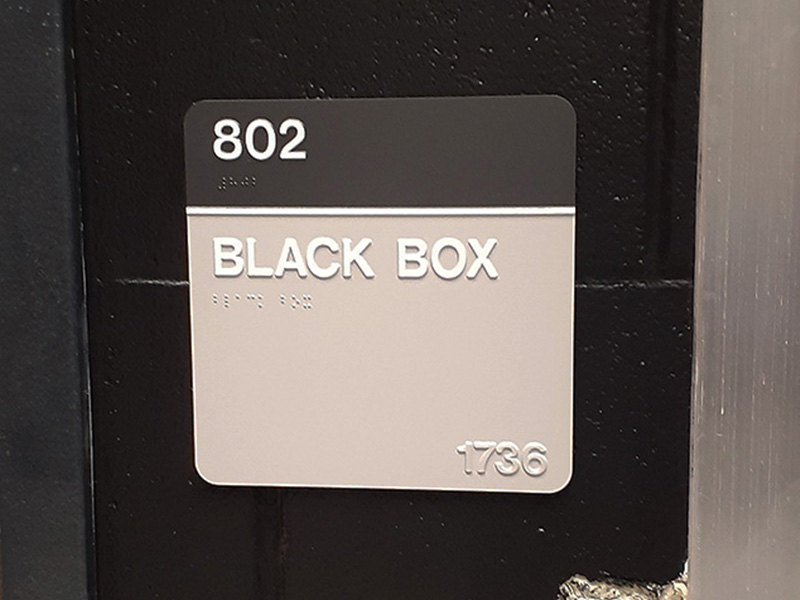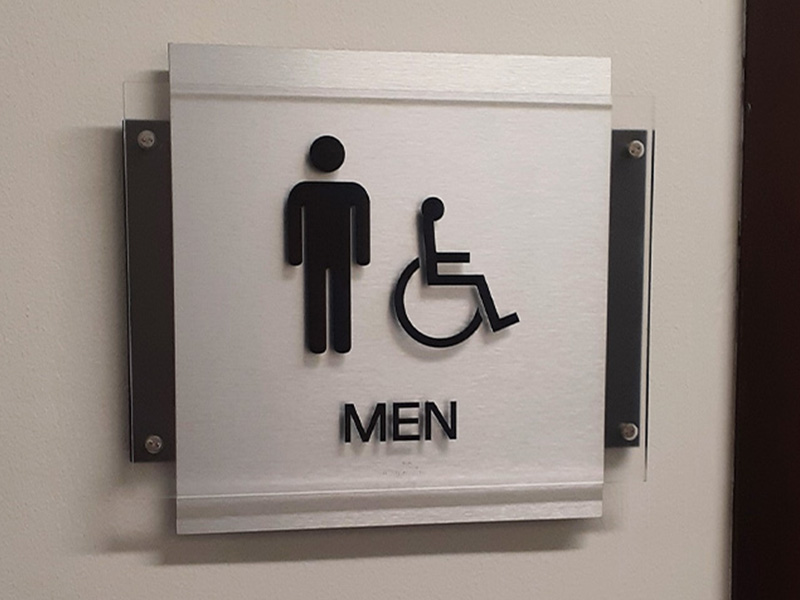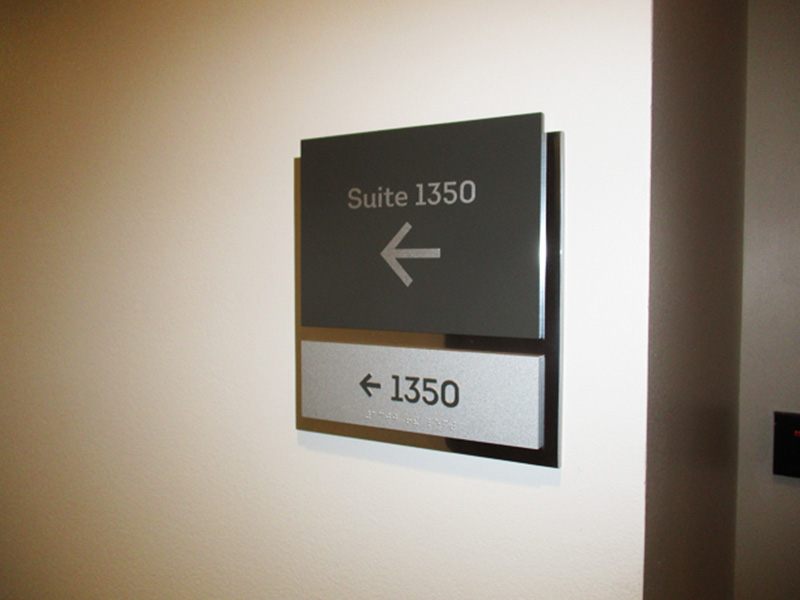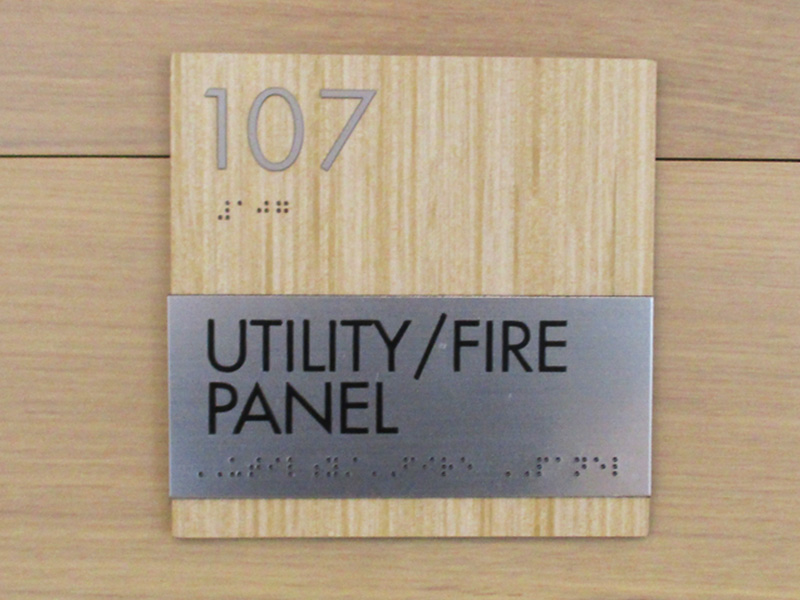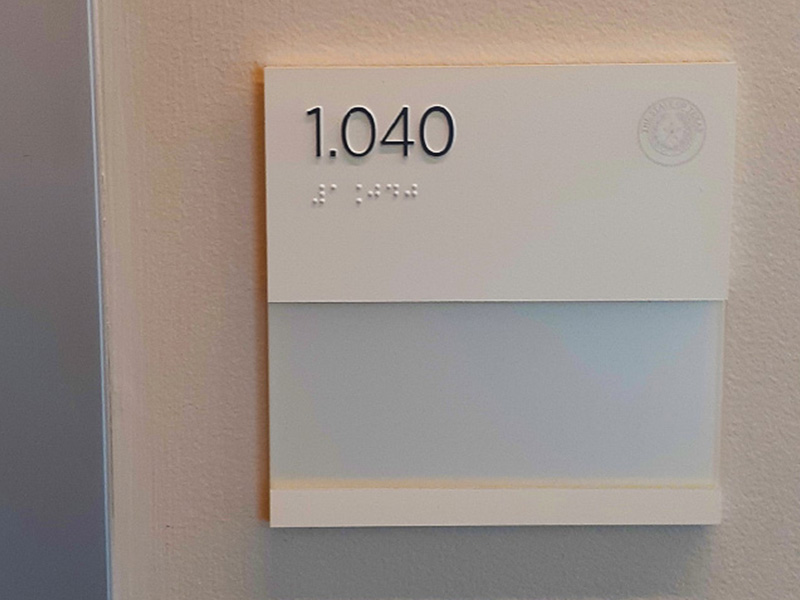We have all your ADA Signage Needs
ADA signage, also known as Americans with Disabilities Act signage, plays a crucial role in fostering inclusivity and accessibility in public spaces. Enacted in 1990, the Americans with Disabilities Act (ADA) aims to eliminate discrimination against individuals with disabilities. ADA signage is a tangible expression of this commitment, providing essential information and ensuring that everyone, regardless of ability, can navigate and engage with their surroundings effectively.
Key Features of ADA Signage:
- Contrast and Visibility: ADA signage is designed with careful consideration of contrast and visibility. High-contrast color combinations and tactile elements, such as raised characters and Braille, are employed to make the signage easily perceptible to individuals with visual impairments.
- Universal Symbols: Incorporating universally recognized symbols, ADA signage transcends language barriers and facilitates communication. These symbols include the wheelchair symbol for accessible routes, restroom symbols, and other pictograms that convey specific information without relying solely on text.
- Tactile Elements: Tactile features are a fundamental aspect of ADA signage. Raised characters and Braille are added to provide individuals with visual impairments the ability to read and comprehend the information presented on the sign.
- Mounting and Placement: ADA guidelines specify the proper mounting height and placement of signs to ensure they are accessible to everyone. These guidelines take into account the reach ranges of individuals using mobility aids, ensuring that information is presented at a comfortable and reachable height.
- Non-Glare Finish: ADA signage often incorporates non-glare finishes to minimize reflections and enhance readability for individuals with visual sensitivities. This consideration ensures that the information is accessible to a broader spectrum of users.
Benefits of ADA Signage:
- Legal Compliance: Complying with ADA signage standards is not just a good practice but a legal requirement. Failure to adhere to these guidelines can result in legal consequences. Employers, business owners, and public entities are obligated to provide accessible environments, and ADA signage is a key component of meeting these obligations.
- Enhanced User Experience: ADA signage contributes to an enhanced overall user experience for everyone. Navigating a space becomes more intuitive, efficient, and inclusive when signage is thoughtfully designed to meet ADA standards.
- Inclusivity and Equality: ADA signage reflects a commitment to inclusivity and equality. It sends a powerful message that every individual, regardless of their abilities, has the right to access and participate in public spaces on an equal footing.
ADA signage is more than just a set of rules; it is a testament to a society’s commitment to creating environments that are accessible and welcoming to all. By adhering to ADA standards, businesses, organizations, and public spaces contribute to the creation of a more inclusive world, where everyone can navigate and participate with dignity and independence.


